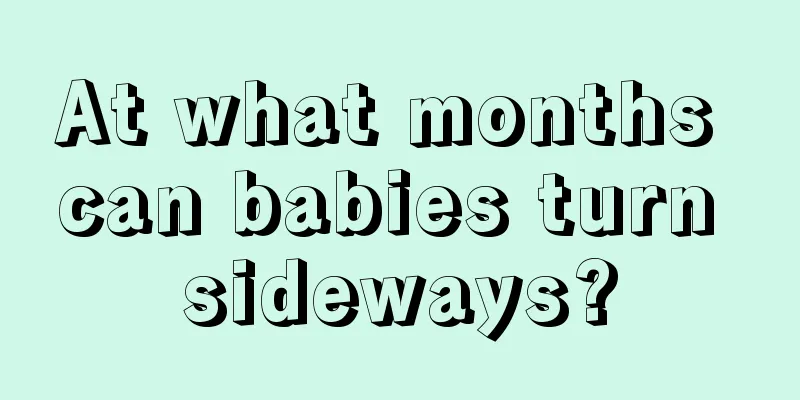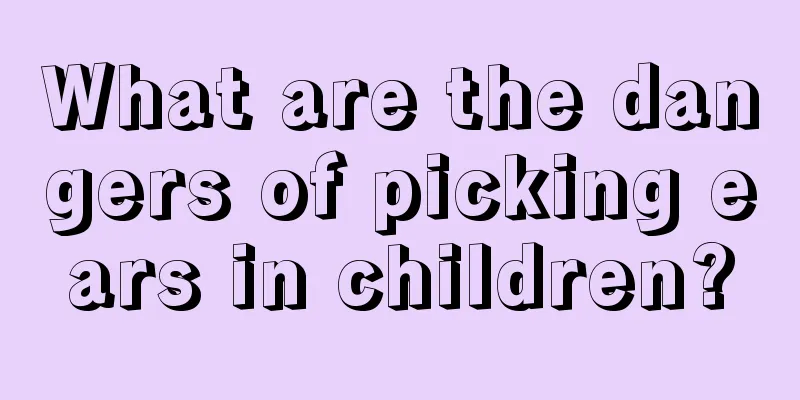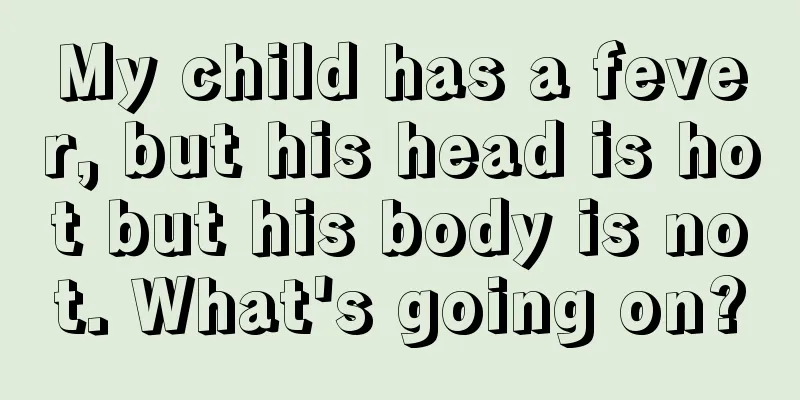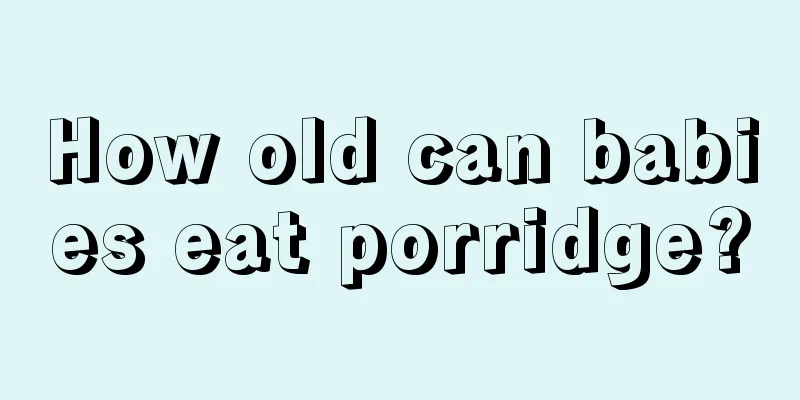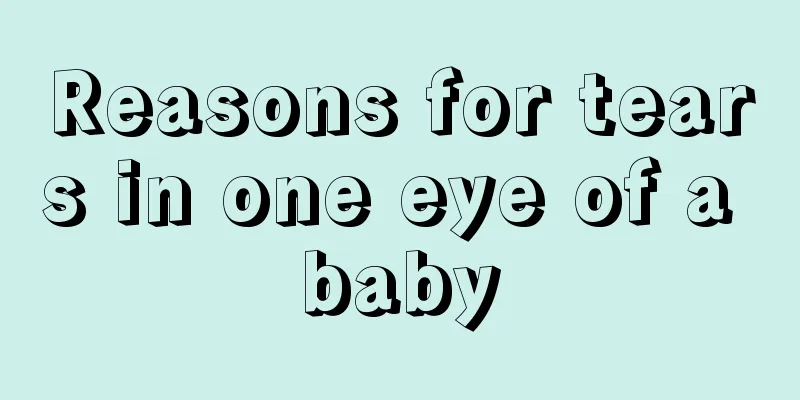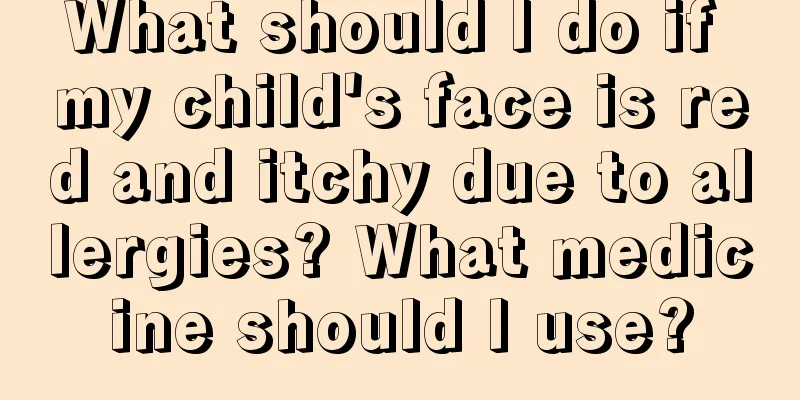Early symptoms of cerebral palsy in children
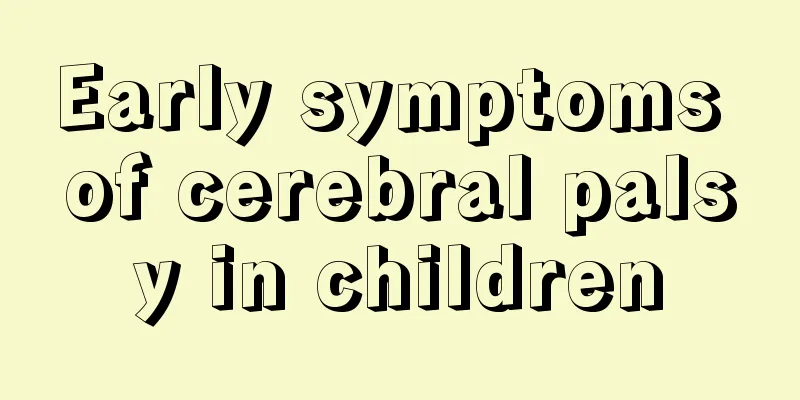
|
The phenomenon of cerebral palsy in children is very common. Generally, the symptoms appear within one month after birth. Cerebral palsy in children will not only have a great impact on the children, but most importantly, the family will be hit hard. Children with cerebral palsy will definitely be affected in terms of intelligence, and there are many other obstacles. There are many causes of cerebral palsy in children. Let's take a look at the early manifestations of cerebral palsy in children. There are many reasons for cerebral palsy in children. The most common one is that the child suffocates at birth. Another reason is that the child lacks oxygen in the mother's womb, which can lead to suffocation. Understanding the early symptoms of cerebral palsy in children will help with early treatment. What are the early symptoms of cerebral palsy in children? (1) Newborns or three-month-old infants are easily startled, cry incessantly, refuse to drink milk, and have difficulty sleeping. (2) Difficulties in early feeding, chewing, drinking, and swallowing, as well as drooling and breathing disorders. (3) Low sensory threshold, manifested as being easily startled by noise or changes in body position, and having an increased hugging reflex accompanied by crying. (4) Normal infants shortly after birth may step alternately with their feet when standing upright due to the stepping reflex. Although it may disappear once at 3 months of age, if the child still has no signs of standing or taking steps at 3 months of age, cerebral palsy should be suspected. (5) Babies over 100 days old are still unable to lift their heads, and their heads still sway when they straighten their backs at 4 to 5 months. (6) Fist clenching: Generally, infants can clench their fists but not open them within 3 months after birth. If the thumb is still adducted and the hand cannot be opened at 4 months, cerebral palsy should be suspected. (7) A normal baby should be able to reach out and grab objects when seeing them between 3 and 5 months old. If a baby still cannot do so after 5 months, it is suspected that the baby has cerebral palsy. (8) Generally, babies will smile 4 to 6 weeks after birth and recognize people later. Children with spastic cerebral palsy have apathetic expressions, while children with athetoid cerebral palsy often look sad. (9) Muscles are loose and unable to turn over, and movements are slow. When you touch the inner thigh of the child, or let the child's feet rest on the bed or jump up and down, the lower limbs will extend and cross. (10) Stiffness, especially when dressing, the upper limbs are difficult to put into the cuffs; when changing diapers or washing, the thighs are difficult to extend; when wiping the palms and taking a bath, the limbs become stiff. Babies don't like baths. (11) Premature development: Children with cerebral palsy may roll over prematurely, but it is a sudden reflexive rolling over, with the whole body rolling over like a log, rather than a conscious segmental rolling over. Infants with spastic diplegia may have stiff legs before they can sit up and stand on pointe like a ballerina. It is very important to understand the early manifestations of cerebral palsy in children. If children with early cerebral palsy can be treated in time, the effect will be better. There are many reasons that can cause cerebral palsy in children, and everyone should understand them, such as parents smoking, taking some pregnancy-preserving drugs, history of miscarriage, etc. We must be able to prevent the occurrence of cerebral palsy in children in time. |
<<: Symptoms of mental retardation
Recommend
What are the sequelae of children's fever and convulsions?
Some high-risk diseases often occur in children, ...
What are the symptoms of baby teething?
The baby's budding period refers to the time ...
How long will it take for a baby’s bone fracture to heal?
The baby's physical health is affected by man...
What is the best way to treat mycoplasma infection in children?
As air pollution worsens, more and more people ar...
Why does my baby have green mucus in his stool?
If the baby's stool is green and contains muc...
How to treat children with fever and oral ulcers
When children catch a cold, they will have a feve...
Children can't sleep well at night
If the baby has a good sleep, it is a great relie...
How to care for a child's anal rupture
Sometimes, due to various reasons, newborns are p...
What to do if children’s hair is dry and frizzy? This can alleviate
Generally speaking, if a child's hair appears...
Does your child’s eczema itch?
Babies may suffer from eczema due to allergies or...
What are the reactions to ADHD in children?
Children are always active and simply cannot stop...
The psychology of children who are often scolded
Children’s education is what parents care about m...
Why is the baby thin?
Every parent hopes that their child can grow up h...
The reason why 10-year-old children grind their teeth when sleeping
10-year-old children are in the period of growth,...
What is the best thing for a child to eat after vomiting?
The physical health of children is one of the thi...
